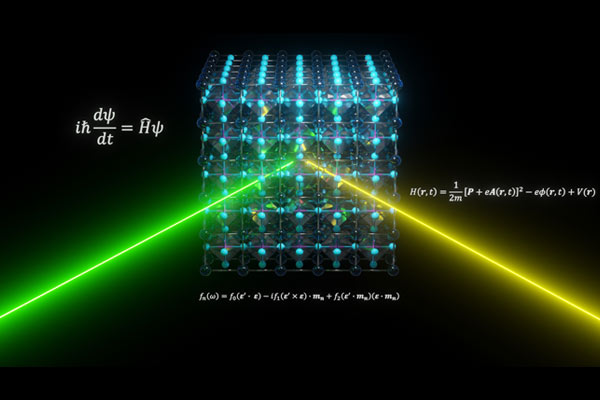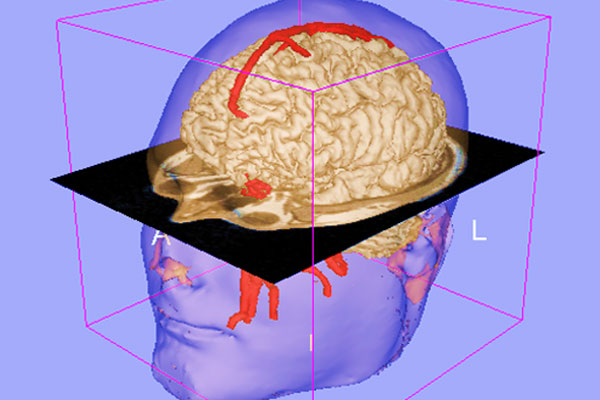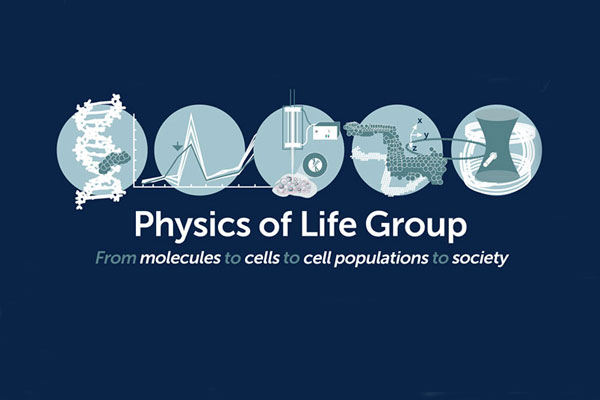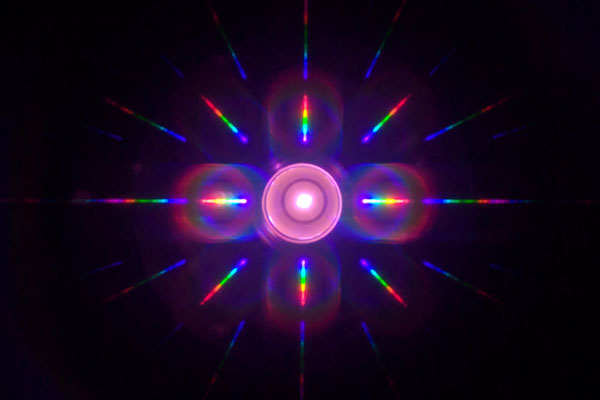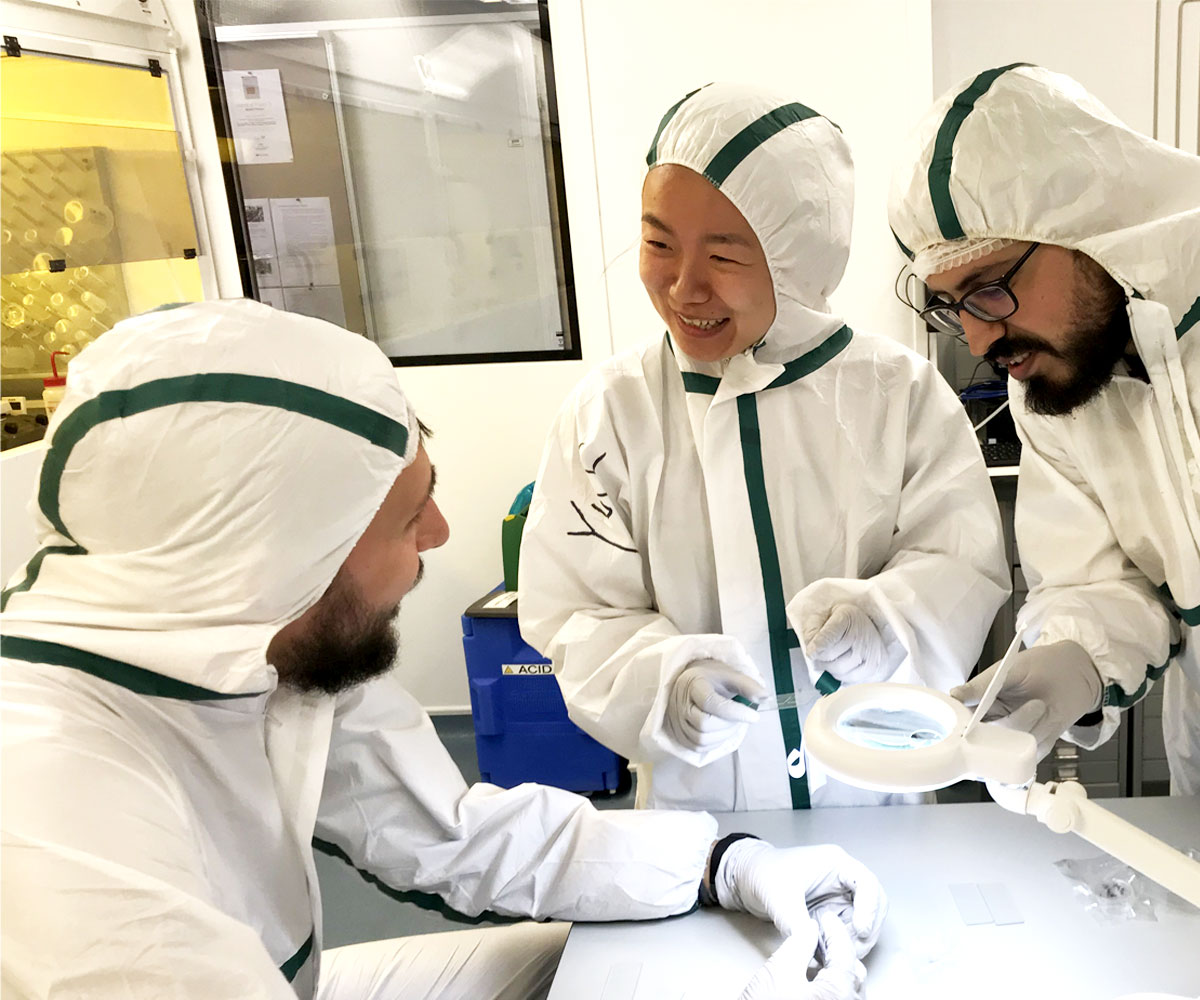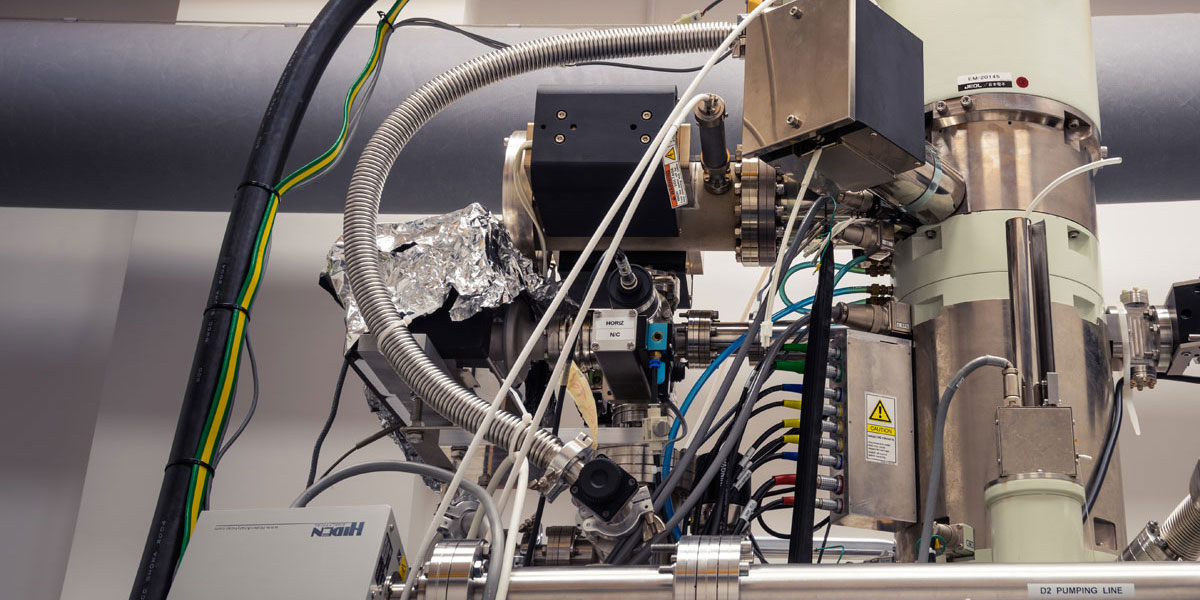.jpg)
Research and innovation in physics and engineering
Cutting-edge interdisciplinary research and innovation to deliver real-world impact
Our discovery research themes
The strength and breadth of our fundamental research is reflected in eight core themes that champion originality, rigour, and excellence.
Business and industry engagement
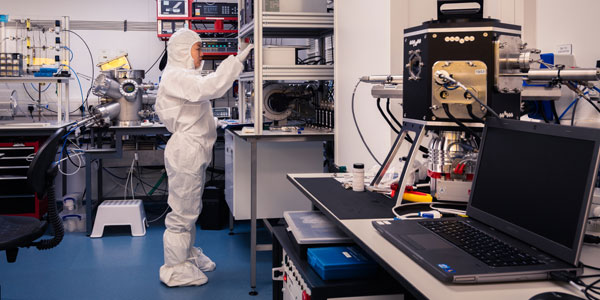
We’re keen to ensure that industries have access to all the school can offer, whether it’s finding the best graduate engineers and physicists, developing a product, using our facilities, or carrying out collaborative research.

ClearSky Medical Diagnostics specialises in medical devices for the diagnosis and monitoring of Parkinson’s, Alzheimer’s and a range of other neurodegenerative conditions.
Commercialisation, consultancy and spin-out companies
Our academics undertake a wide range of commercialisation and consultancy activities, which have led to the following spin-out companies:


